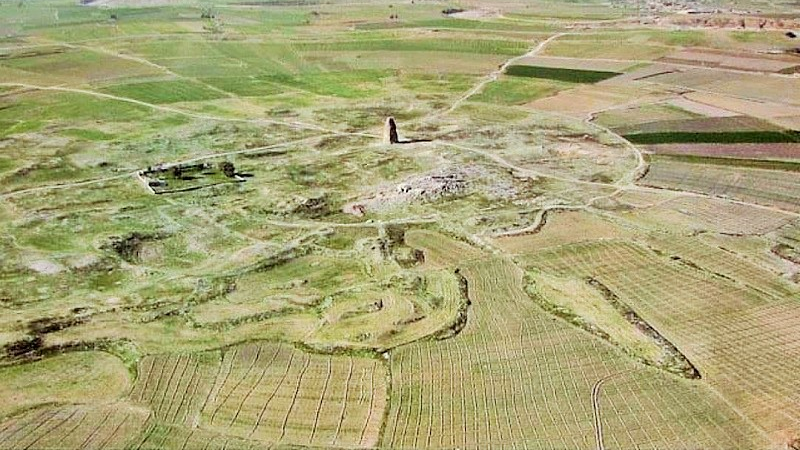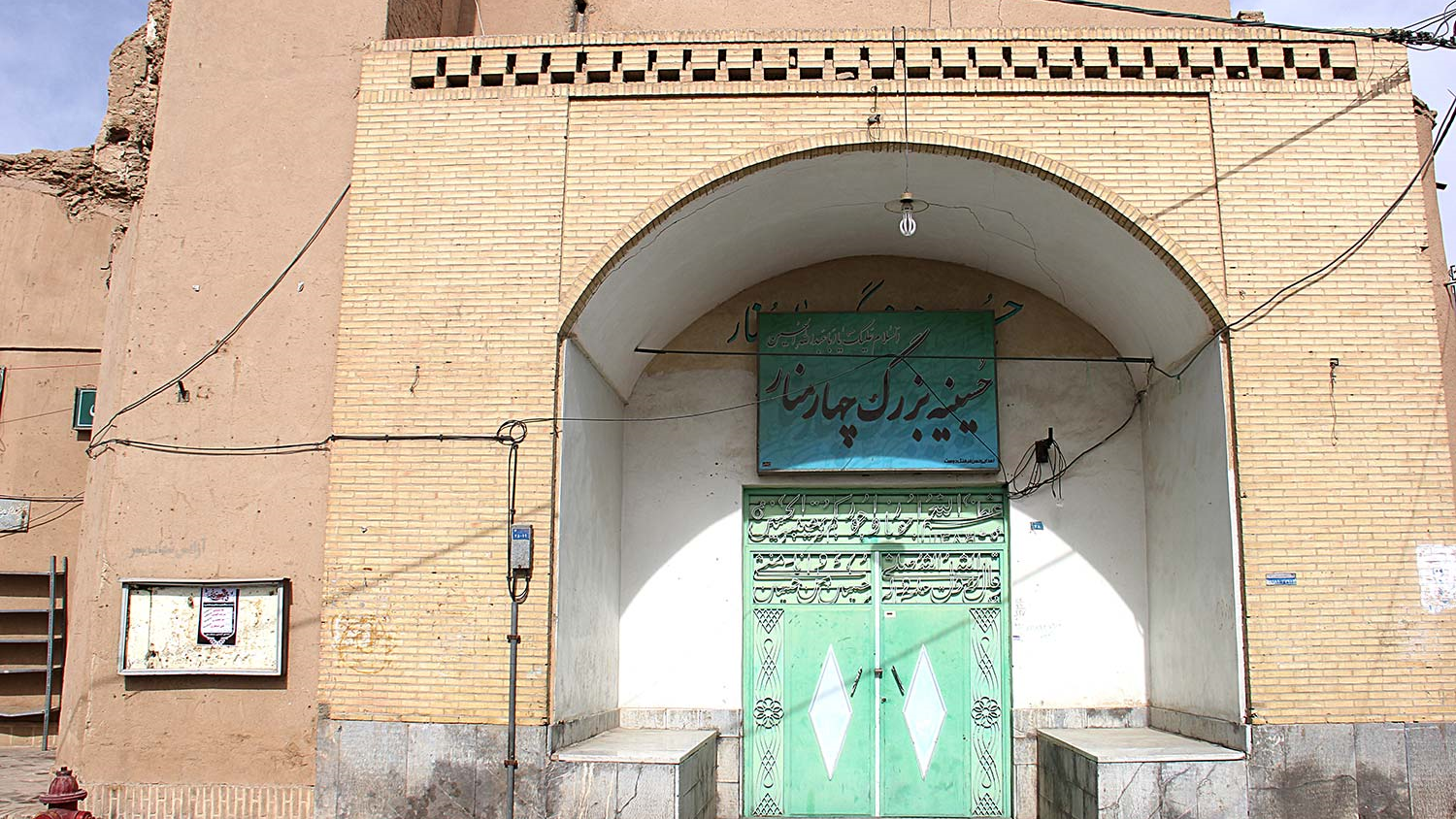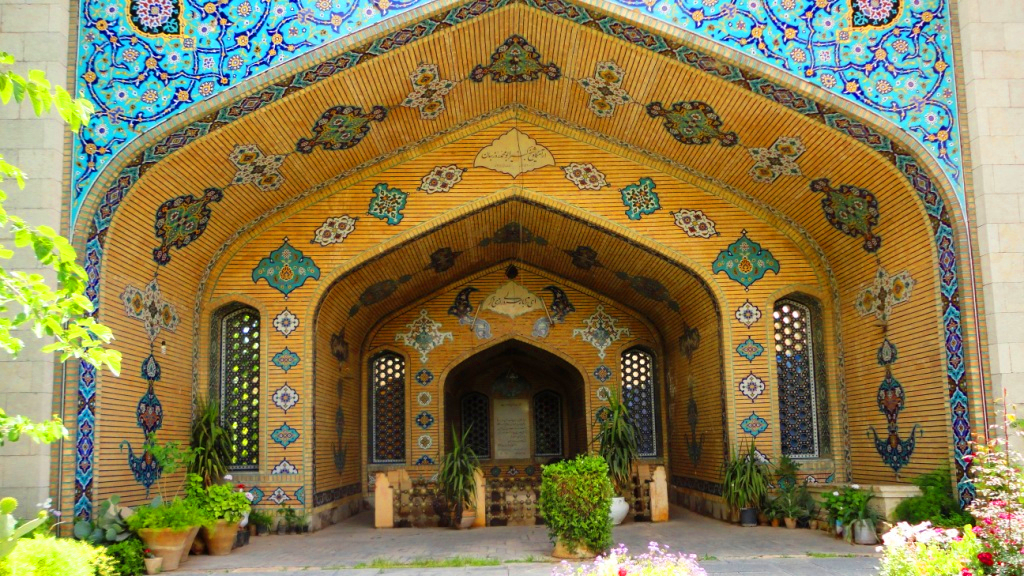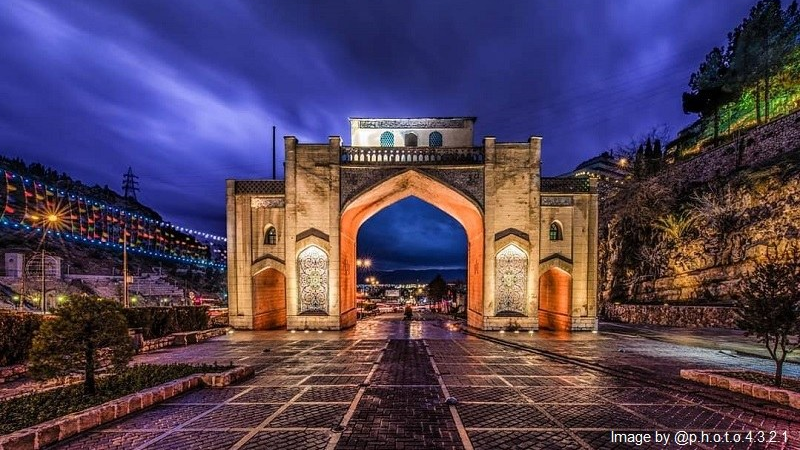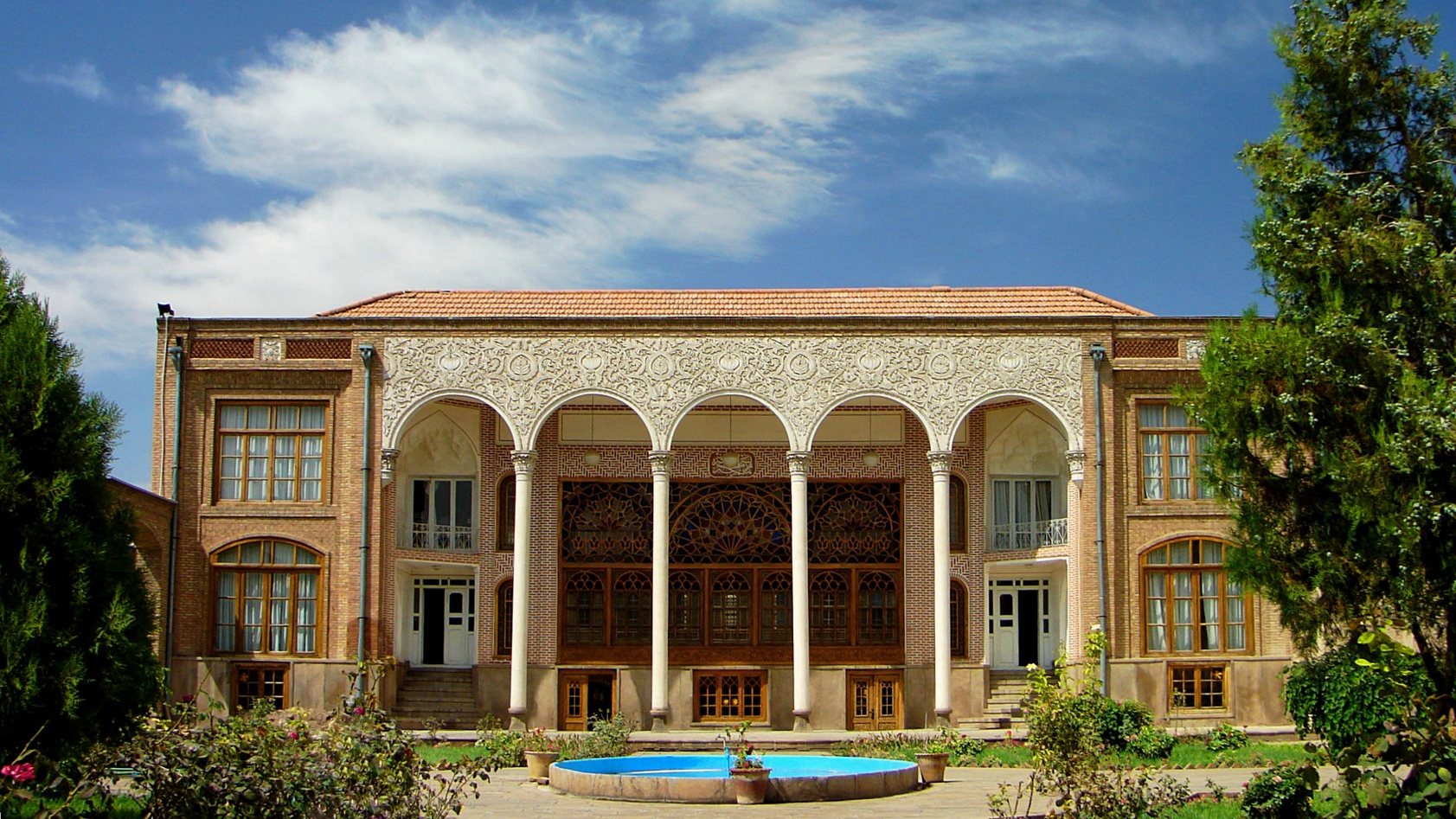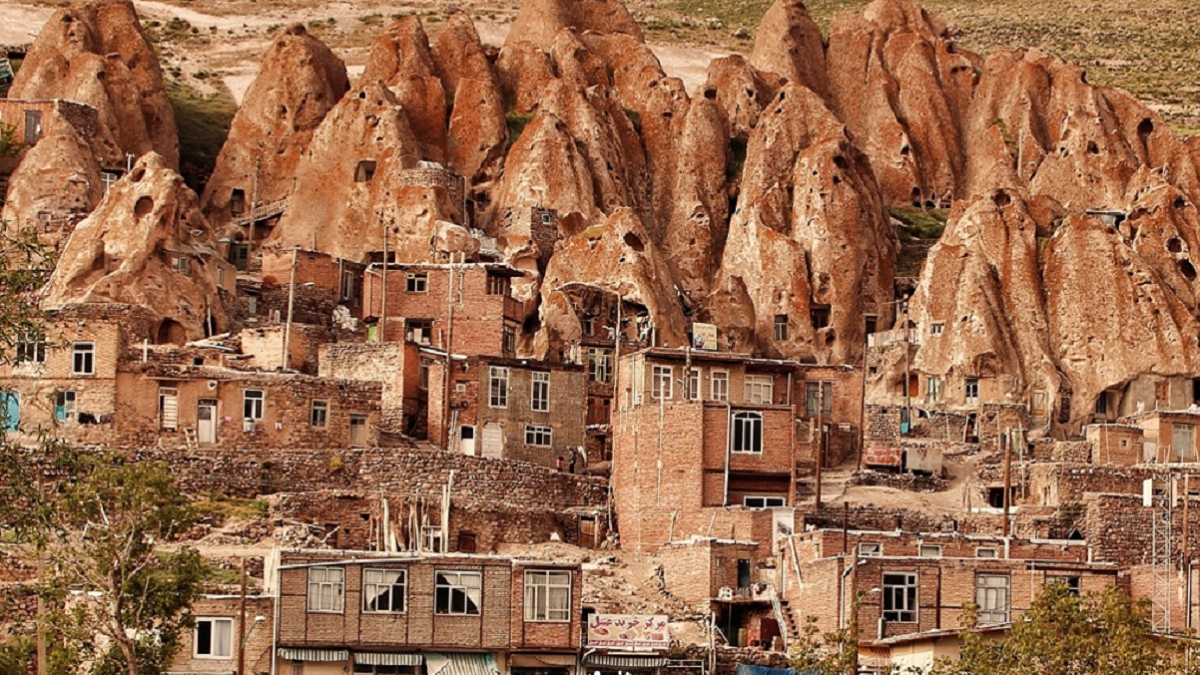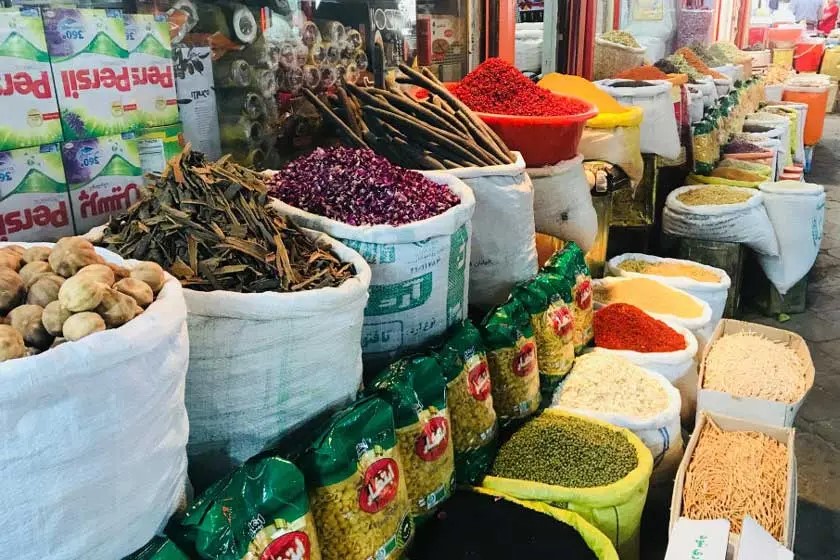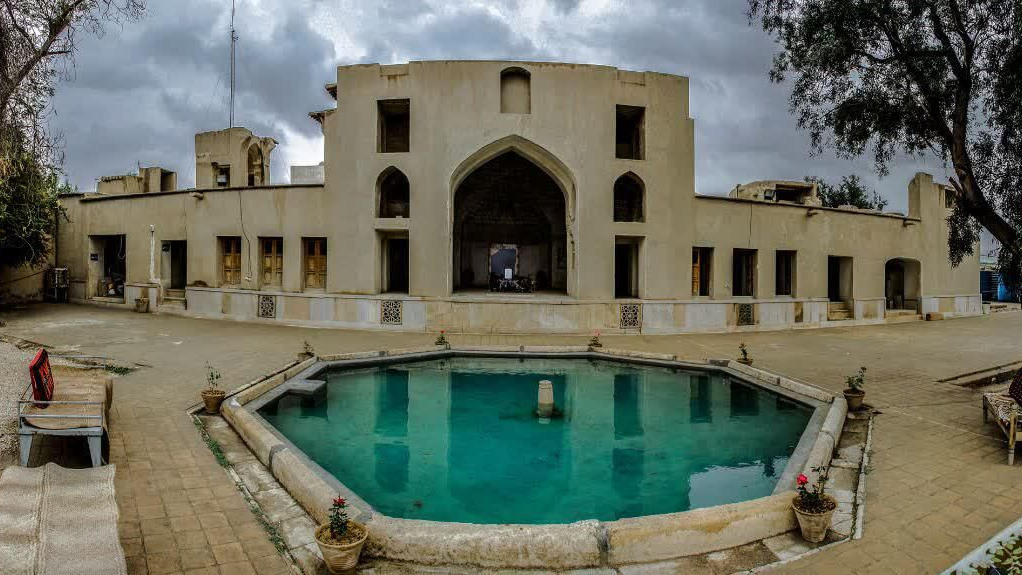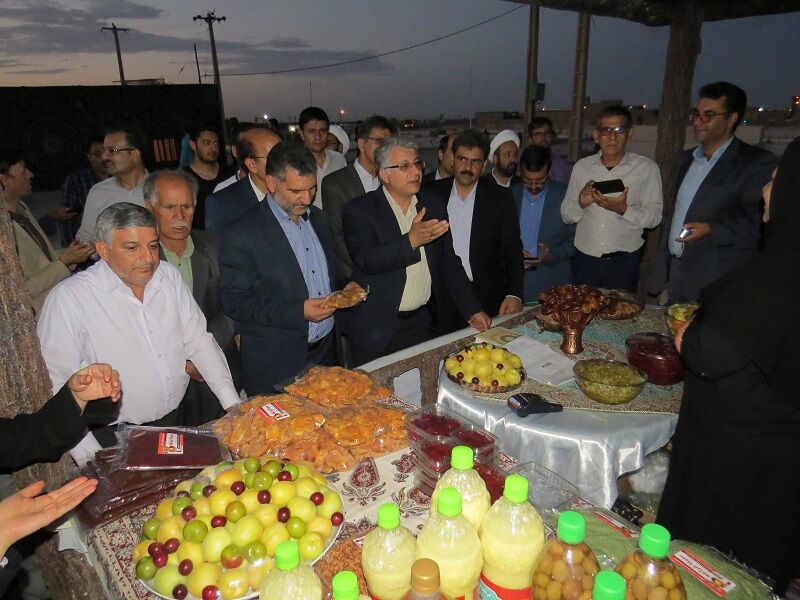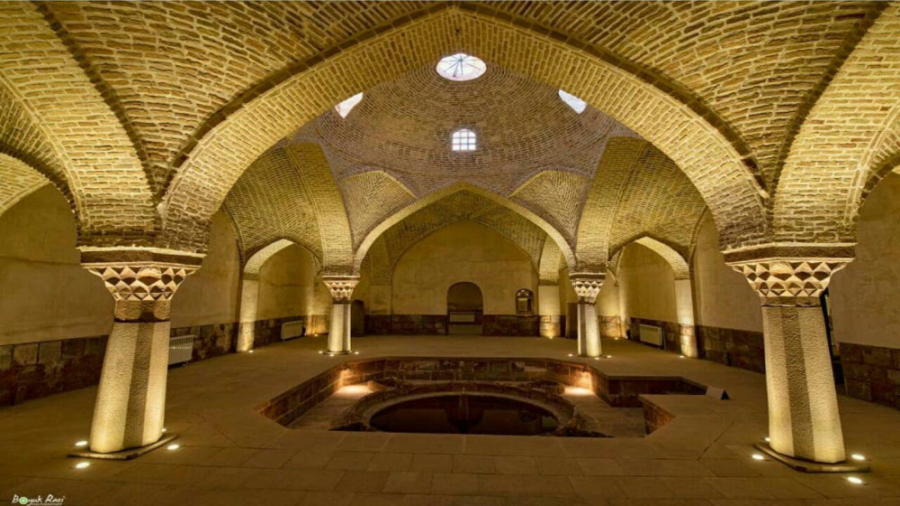
Abadeh
With a population of over 100,000, Abadeh is the tenth most populous city of Fars Province of Iran.
Geography of Abadeh
Abadeh is 270 km from Shiraz, 200 km from Isfahan, and 670 km from Tehran. This city is 1890 meters above sea level and has a semi-mountainous climate and the annual rainfall in this area is about 120 mm ranking it among dry areas.
History of Abadeh
As per archaeological findings, it is estimated that the history of human settlement in Abadeh dates back to the first millennium BC. Kurdish groups were the first to settle in the vast plain between Abadeh and Isfahan in the Achaemenid era (550 to 330 BC).
Over several centuries, many nomadic populations have settled in Abadeh and as a result, the customs of this city are influenced by the nomadic culture, and people’s accent is also influenced by the Kurdish language.
After coming to power and making Shiraz his capital in the second half of the 18th century, Karim Khan Zand sent the last king of the Safavid dynasty, Shah Ismail III, to Abadah. During this period, several monuments were built in Abadeh, which included six buildings for the residence of Shah Ismail III, a bathhouse, and a mosque house. The people of Abadeh used to call these buildings - all of which have been destroyed - “Karimkhani Buildings”. The conflicts between Karim Khan’s successors and their internal opponents, especially the war between Lotf Ali Khan Zand and Agha Mohammad Khan Qajar, also caused serious damage to Abadeh.
Sightseeing Places of Abadeh
Buildings such as Izadkhasht Castle and Bahram-e Gur Palace are the oldest ones in Abadeh. Izadkhasht Castle with its multi-storied architecture was probably the first apartment structure built in the world. Just like Izadkhasat Castle, Bahram-e Gur Palace, which was built in a place called “Surmaq” on an ancient hill, also belongs to the Sasanian era (224 to 651 AD). There is also a caravanserai near the Izadkhasht Castle the construction of which dates back to the 16th century. A bridge is also left from that era.
Sarrafan (money changers) Bazaar was founded in the Qajar period (19th century). This bazaar was a part of the Kohne-abad Bazaar of Abadeh and was inscribed on the list of Iran’s national heritage in 1997. The entrance of this bazaar is made of wood and decorated with carvings. The arch of the entrance door has a semi-circular shape decorated with images of plants and animals. The bazaar has two floors, the upper floor is used as the resting place for traders and merchants.
Kolah Farangi Mansion of Abadeh is also one of the buildings left from the Qajar period. The mansion is located in the middle of a green garden. It is a one-story building and is built on a platform with a height of 80 cm. Four entrance doors made of walnut wood and tall windows with green, orange, and purple color panes have given this building a special splendor. This building was inscribed on the list of Iran’s national heritage in 1999.
Due to its geography, Abadeh is house to such plant species as Spurges, Mugworts, Milkvetch, Fritillaries, Jimsonweed, Spider flowers, Safflower, and Alhagi. One of the must-see areas of this city is the No Hunting Zone of Basiran, where Leopard, Wolf, Hyena, Jackal, Fox, and birds such as Kestrel, See-see partridge, Partridge, Common Buzzard, Sea Quail, and Larks have been observed.
With two beautiful rivers named after Khosrow and Shirin - two legendary Iranian lovers - the Khosrow and Shirin Village, 80 kilometers from Abadeh, is considered one of the most attractive destinations for nature tourism in Abadeh. There is a field of Fritillaries, which undoubtedly will be one of the best memories of tourists. This beautiful and fast-growing flower grows on the slopes of the Zagros mountains in early spring and lasts up to a month, depending on the climate of the region.
Due to its long history in the art of wood carving, Abadeh was chosen as the world city of wood carving in 2018.
As per archaeological findings, it is estimated that the history of human settlement in Abadeh dates back to the first millennium BC.
| Name | Abadeh |
| Country | Iran |
| State | Fars |
| City | Abadeh |
| Type | Historical |
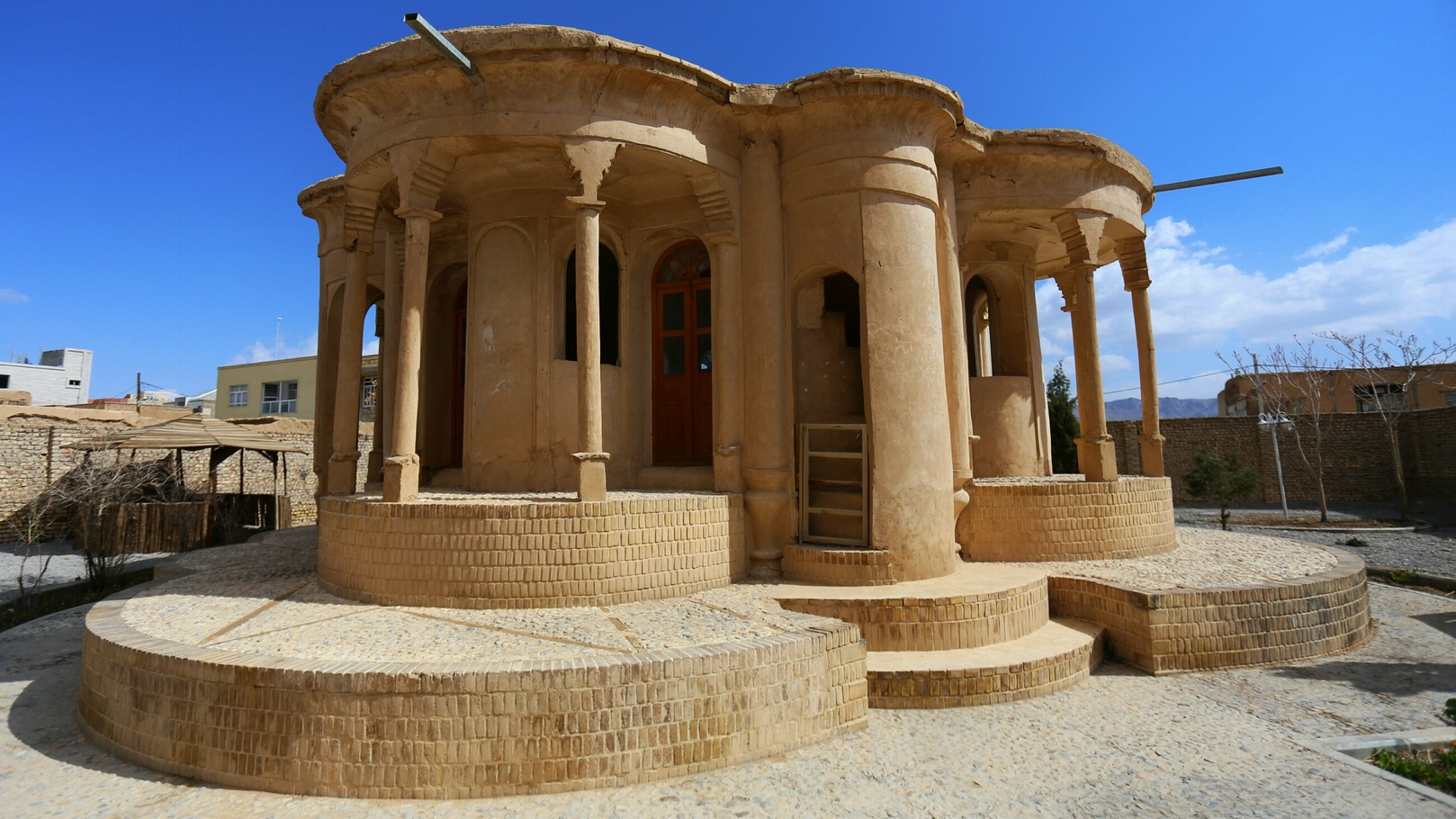
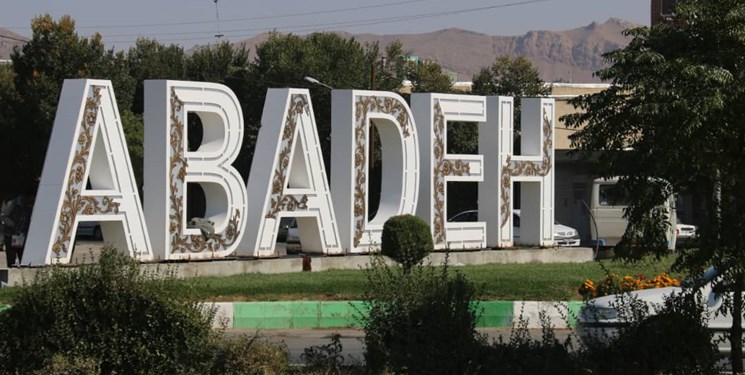


Choose blindless
Red blindless Green blindless Blue blindless Red hard to see Green hard to see Blue hard to see Monochrome Special MonochromeFont size change:
Change word spacing:
Change line height:
Change mouse type:
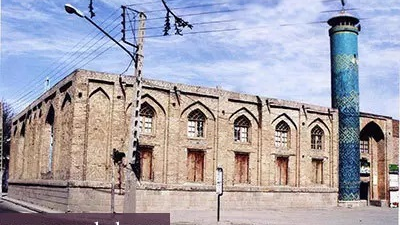


_0.jpg)
